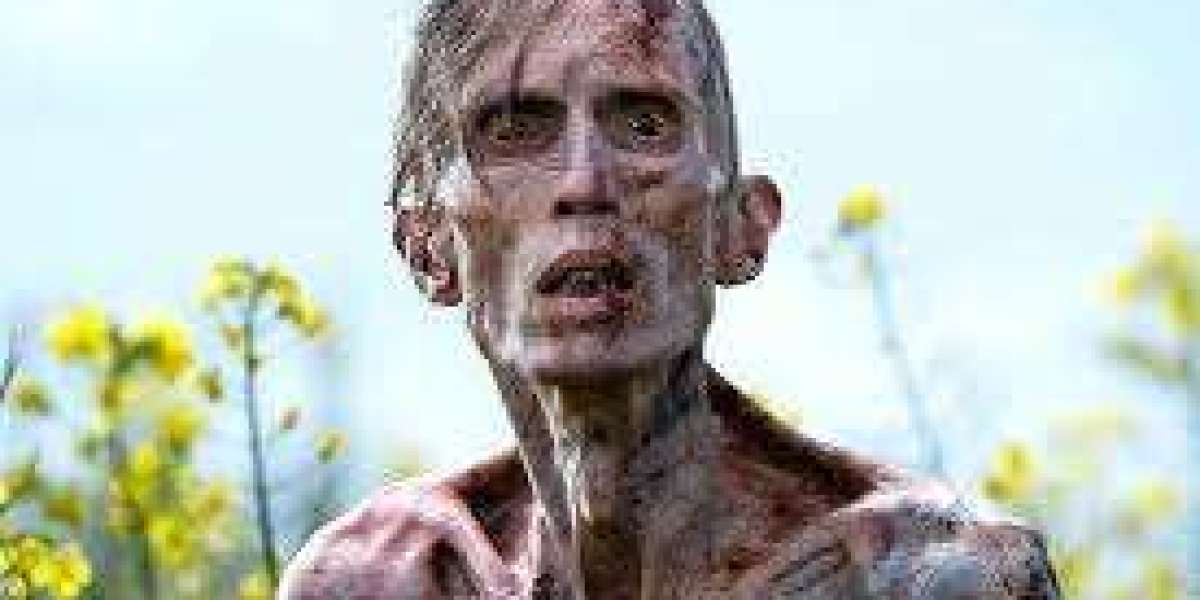Few horror franchises have left as lasting an impact as Danny Boyle’s 28 Days Later. When it first hit theaters in 2002, it redefined the zombie genre with its gritty realism, terrifyingly fast “infected,” and sharp social commentary. Its follow-up, 28 Weeks Later, expanded the scale, showing how governments and militaries attempted—and failed—to contain the devastation. Now, two decades later, the announcement of a sequel has sent shockwaves through the horror community. Titled 28 Years Later: The Bone Temple, the film is already stirring speculation about its themes, characters, and most notably, the chilling 28 Years Later Bone Temple scene that fans believe could be one of the franchise’s most iconic moments.
Building on a Legacy
The 28 Days Later franchise matters because it didn’t just create another zombie movie—it reinvented horror. Boyle’s use of handheld cinematography, combined with Cillian Murphy’s haunting performance, emphasized intimacy and realism. The horror wasn’t just the monsters; it was the fragility of civilization itself. 28 Weeks Later pushed this further, showing that even with military resources and international involvement, humanity’s structures were no match for the Rage Virus.
This legacy sets high expectations for The Bone Temple. Fans are eager to see how the franchise evolves while staying true to its roots. The 28 Years Later Bone Temple scene is anticipated to be a defining moment that symbolizes how the story is shifting from pure viral chaos to something far more psychological and ritualistic.
From Outbreaks to Rituals
One of the most intriguing aspects of The Bone Temple is its embrace of cult horror imagery. Early rumors suggest that survivors, after decades of living with infection, have turned to rituals and symbolic practices to make sense of their broken world. This is where the titular “bone temple” comes into play.
The 28 Years Later Bone Temple scene could serve as a haunting metaphor: survivors constructing monuments from the remains of the dead, performing rituals to give meaning to their suffering, or even worshipping the infected as divine punishment. This evolution reflects how apocalypse narratives are no longer just about surviving monsters—they’re about confronting the human need for belief, control, and ritual when all else has collapsed.
Why the Bone Temple Matters to the Franchise
The bone temple setting represents more than just a creepy backdrop. It signals a thematic expansion of the franchise. While the first two films were grounded in viral horror, 28 Years Later appears to be embracing psychological terror, exploring how survivors process trauma over decades.
The 28 Years Later Bone Temple scene is likely to become a turning point in the series, showing audiences that the true horror isn’t just the infected but the lengths to which humans will go to cope with despair. In this sense, the bone temple is both a physical location and a symbolic representation of survivor psychology—where trauma and belief intersect in unsettling ways.
Anticipating the Cast and Story
While details remain scarce, speculation about the returning and new characters is fueling excitement. If key members of the original cast return, the 28 Years Later Bone Temple scene could take on even greater emotional weight, showing how characters we’ve followed for decades confront a world shaped by rituals and decay.
New characters may bring fresh perspectives, possibly as outsiders stumbling upon the temple, horrified by the cult-like practices of those who have lived with the Rage Virus for nearly three decades. This dynamic would create tension not just between survivors and the infected but between different visions of how to endure the apocalypse.
A Symbol of Horror’s Evolution
The significance of The Bone Temple goes beyond the franchise itself. It represents a larger trend in horror, where filmmakers are blending subgenres—outbreak horror, psychological dread, and cult imagery—into multilayered experiences. The 28 Years Later Bone Temple scene embodies this evolution, promising a sequence that is both viscerally terrifying and symbolically rich.
Much like how Hereditary and Midsommar redefined modern cult horror, this film could push zombie cinema into new territory, offering audiences both spectacle and substance.
Conclusion
28 Years Later: The Bone Temple isn’t just another sequel—it’s a chance to reshape the legacy of one of horror’s most influential franchises. By introducing symbolic imagery, cult-like rituals, and surreal psychological themes, the film has the potential to stand out as both terrifying and thought-provoking.



